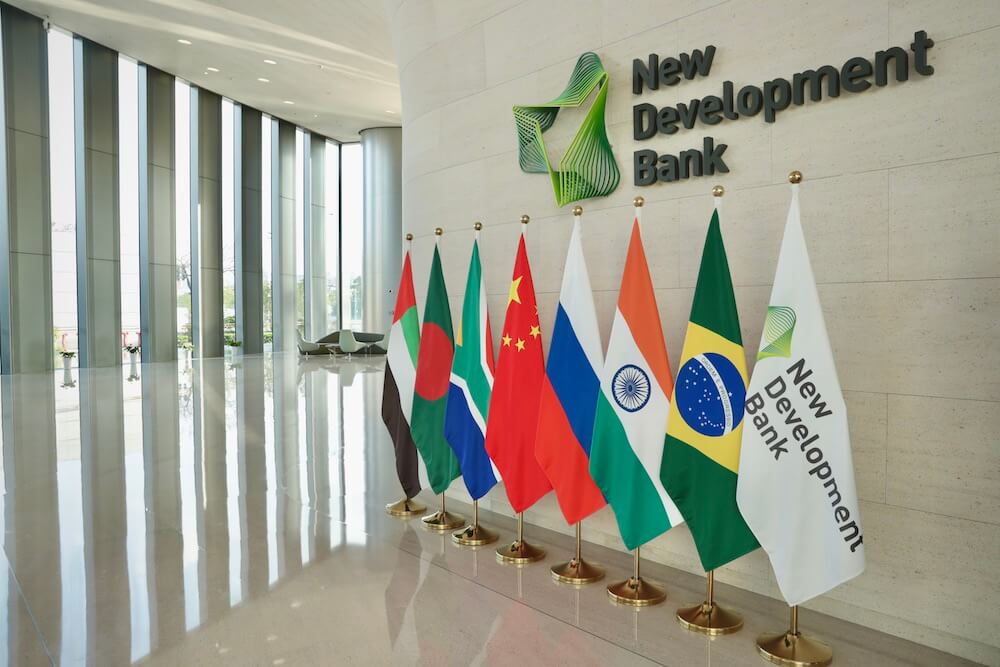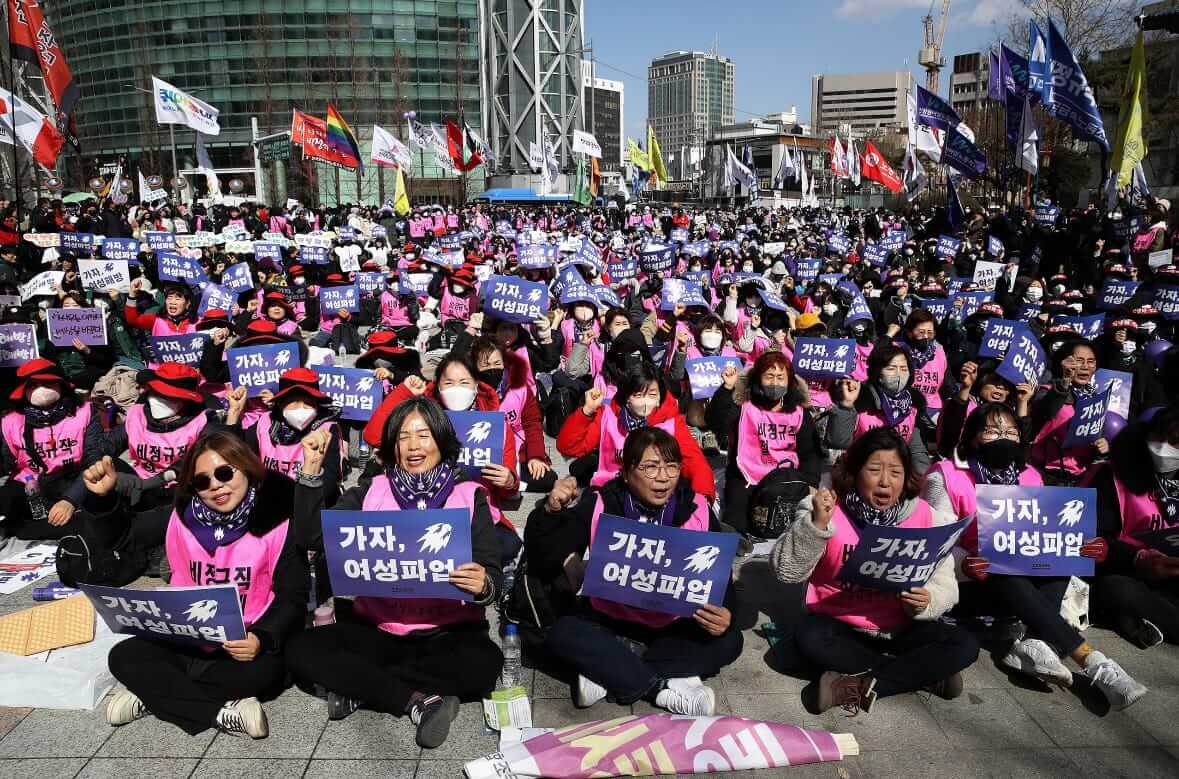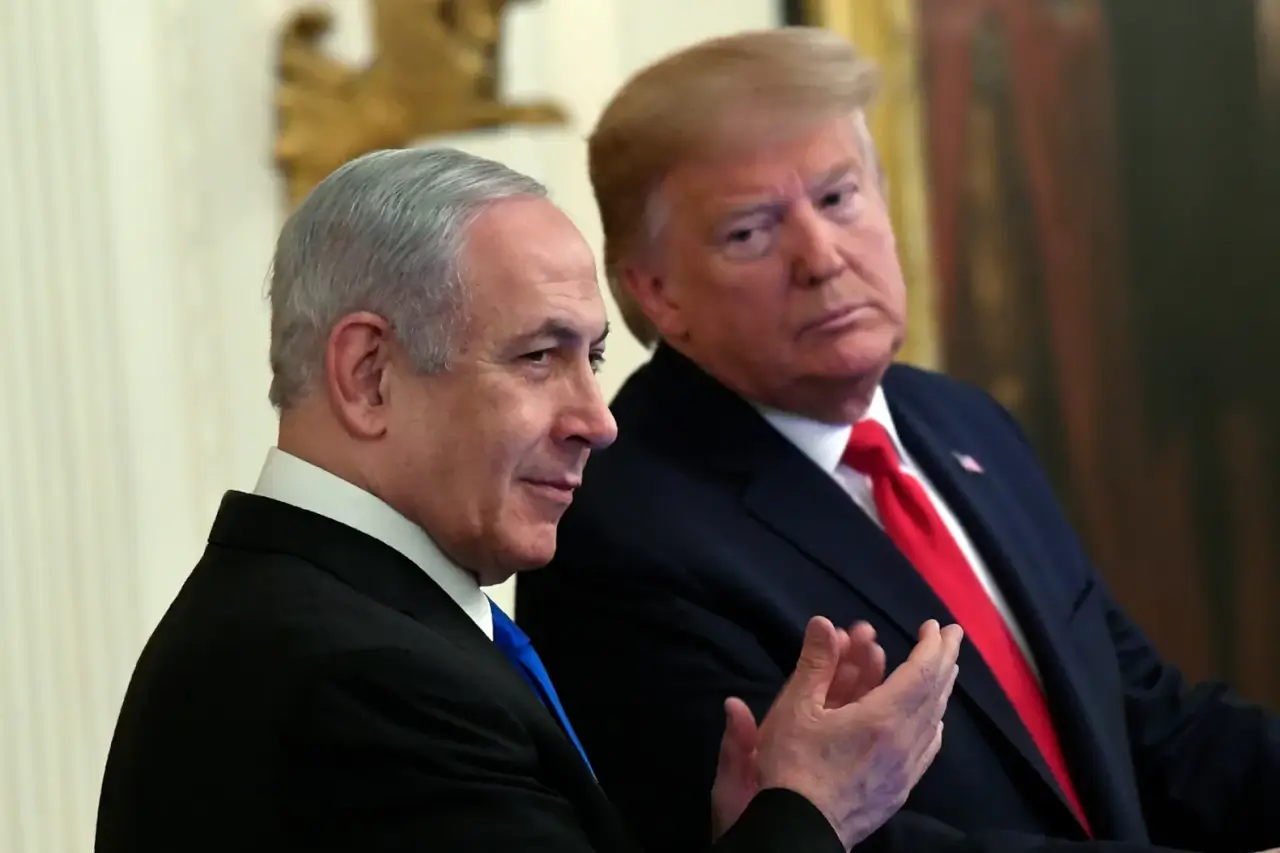Since its founding by the BRICS in 2015, the New Development Bank (NDB) has been Shaped as both a complement and a quiet challenge to the Bretton Woods order. At one level, it offers much-needed development finance for infrastructure and sustainability projects, filling gaps that institutions such as the World Bank and the Asian Development Bank struggle to address with sufficient speed or political neutrality. Yet at another level, the NDB represents a deliberate act of institutional innovation by rising powers that are increasingly dissatisfied with the distribution of influence in existing multilateral financial structures. Unlike the Bretton Woods twins, where voting power is heavily weighted in favor of the United States and its allies, the NDB was designed with an egalitarian governance principle, granting its founding members equal shares and equal voice. This institutional choice signals an ideological departure: it suggests that the BRICS intended not merely to add another lender to the international landscape, but to perform an alternative model of governance that symbolically resists the hierarchy embedded in the post-1945 financial architecture. Since Russia’s invasion of Ukraine in 2022, the Bank’s trajectory has sharpened this dual identity. On the one hand, it has had to cope with navigate the constraints of global sanctions regimes, and has new transactions in Russia to maintain access to capital markets and preserve its credit standing. On the other hand, the crisis accelerated a strategic turn toward de-dollarization, local-currency financing, and diversification of funding sources, as BRICS members recognized how vulnerable their development pathways were to the geopolitical leverage embedded in the dollar system. In this sense, the NDB has become more than a bank: it has evolved into a testing ground for experiments in monetary autonomy, project financing insulated from Western political conditions, and symbolic assertions of South–South solidarity. The most striking development in recent years is the rapid increase in the number of NDB members in 2024–2025. The accession of states such as the United Arab Emirates, Egypt, and Algeria, as well as Indonesia’s announcement of its intention to join, has transformed the Bank from a narrowly BRICS-focused institution into a broader coalition of emerging and middle powers. This expansion is not merely about capital subscriptions; it represents a process of coalition- building where states signal alignment with an alternative pole of financial governance. Each new member increases the Bank’s legitimacy, widens its geographical reach, and strengthens its claim to represent the priorities of the Global South. The momentum of expansion also amplifies the performative dimension of hegemony: the very act of joining the NDB expresses dissatisfaction with the existing order and willingness to invest in an institutional counterweight. At the heart of these developments lies the overcoming of monetary power politics and sanctions, and South–South institutionalization. The NDB is not yet competiteve with the World Bank in terms of scale, nor does it aim to replicate the IMF’s macroeconomic surveillance capacity. Its importance lies in the way it reorganizes the terms of development finance: prioritizing local-currency loans that reduce dollar dependency, providing infrastructure finance without attaching overtly political conditionalities, and situating leadership and decision-making outside of Washington or Brussels. In this sense, the question is not whether the NDB has already displaced Western development finance—by scale it has not—but whether its design and current strategy function as a hegemonic technology: an organizational form and policy toolkit that redistributes agenda-setting power away from the traditional dollar-anchored core toward a more pluralized periphery. On balance, the evidence points to an emergent, tactical hegemony—one that is less about “seizing” the commanding heights than about carving out protected corridors of financial autonomy for members and prospective members. Rather than overthrowing the global financial order, the NDB gradually erodes its monopolies by creating alternative circuits of capital, credit, and legitimacy. This corridor-building hegemony is quieter and more incremental than the hegemonic projects of the past, but it is no less significant: by offering states room to maneuver outside the conditionality-laden institutions of the West, the NDB normalizes the idea that development finance can be plural, that monetary sovereignty can be partially reclaimed, and that the Global South can act not merely as a borrower but as an architect of financial norms.
The sanctions imposed after February 2022 put NDB in a difficult position: Although Russia remains a founding shareholder, NBD halted new transactions in Russia to preserve market access and reassure investors. That move underscores how much multilateral challengers still depend on Western-dominated compliance infrastructures (ratings, correspondent banking, and secondary-sanctions risk). Yet the constraint also catalyzed a strategic reweighting: leadership doubled down on funding and lending in local currencies to reduce exposure to the dollar system’s chokepoints. In other words, the NDB’s “non-participation” in Russia became the negative space within which it advanced a more ambitious currency and funding agenda elsewhere—a textbook case of adaptive hegemonic learning under constraint. What distinguishes the NDB’s current phase is the migration from rhetoric of de-dollarization to instruments that operationalize it. Beyond prior panda (RMB) and rand issuance, 2024–2025 documents show the Bank tapping revolving and syndicated facilities, running multi-series RMB programs, and placing ZAR bonds in South Africa’s market—each a concrete step toward a multi-polar funding base that can be deployed in borrowers’ own currencies. By embedding funding diversity in its liability structure, the NDB creates room to lend without hardwiring dollar exposure onto sovereign balance sheets. This is not a wholesale monetary secession—USD liquidity still matters and shows up in the Bank’s facilities—but a practical hedge against the volatility of the U.S. interest-rate cycle and sanctions risk. Hegemony is also built through who gets to join, and on what terms. The 2024–2025 period saw the membership map broaden beyond the original five: the UAE and Egypt had already acceded; Algeria joined in May 2025; Indonesia announced it would join in March 2025 after an NDB leadership visit that spotlighted project pipelines in renewables and biofuels. Saudi Arabia, meanwhile, has oscillated, attending BRICS engagements but withholding formal entry—an ambivalence that itself signals the NDB’s geoeconomic significance for states calibrating between Washington and Beijing. The net effect is that NDB membership is becoming a diplomatic instrument: accession and prospective-member status function as low-cost signals of alignment with a Global South financing bloc, while still allowing pivotal middle powers to hedge. Perhaps the most overtly “hegemonic” innovation now on the table is the planned BRICS Multilateral Guarantee mechanism, backed by the NDB. Modeled in part on MIGA, the instrument would use the Bank’s balance sheet to de-risk private investment into member economies, multiplying each dollar of guarantees into several dollars of mobilized capital. Guarantees are not merely technical tweaks; they are political technologies that socialize risk and standardize cross-border project norms. If implemented at scale under Brazil’s 2025 BRICS presidency, such a platform could anchor a parallel pipeline of infrastructure and climate deals whose gatekeeping happens in Shanghai, Brasília, or Johannesburg rather than Washington. This is hegemony via intermediation: who certifies risk, who sets templates, and whose disputes get priority treatment. It would be analytically careless to overstate the NDB’s displacement capacity. As of the latest public reporting, cumulative approvals sit in the tens of billions—not remotely comparable to the World Bank Group or the ADB.
The NDB is not (yet) a replacement for the Bretton Woods twins. But it is already a corridor building institution: it opens pathways—through local-currency lending, diversified funding, guarantees, and calibrated membership—along which states can transact with less exposure to U.S. monetary and legal power. That is precisely how contemporary hegemony evolves: less as a single flag planted on global finance, more as a dense network of interoperable mechanisms that normalize alternative centers of calculation. Whether this corridor widens depends on three tests in 2025–2027: (1) whether the guarantee platform is capitalized and used at scale; (2) whether new and prospective members (notably Indonesia and fence-sitters like Saudi Arabia) deepen engagement; and (3) whether the NDB can keep raising in multiple currencies on acceptable terms despite geopolitical volatility. If it passes, the NDB will not merely finance projects; it will have helped rewire the political economy of choice in development finance.







